Generation Y DC
Wowhaus architects have completed the construction of the Innovation and Cultural Center in Kaluga. Despite the fact that the program changed during the design process at the rate of obsolescence of innovations, the architects managed to cope with the situation, turning the building into a dense “hub” of diverse cultural and sports spaces with flexible functionality.
Generation Y DC
Wowhaus architects have completed the construction of the Innovation and Cultural Center in Kaluga. Despite the fact that the program changed during the design process at the rate of obsolescence of innovations, the architects managed to cope with the situation, turning the building into a dense “hub” of diverse cultural and sports spaces with flexible functionality.


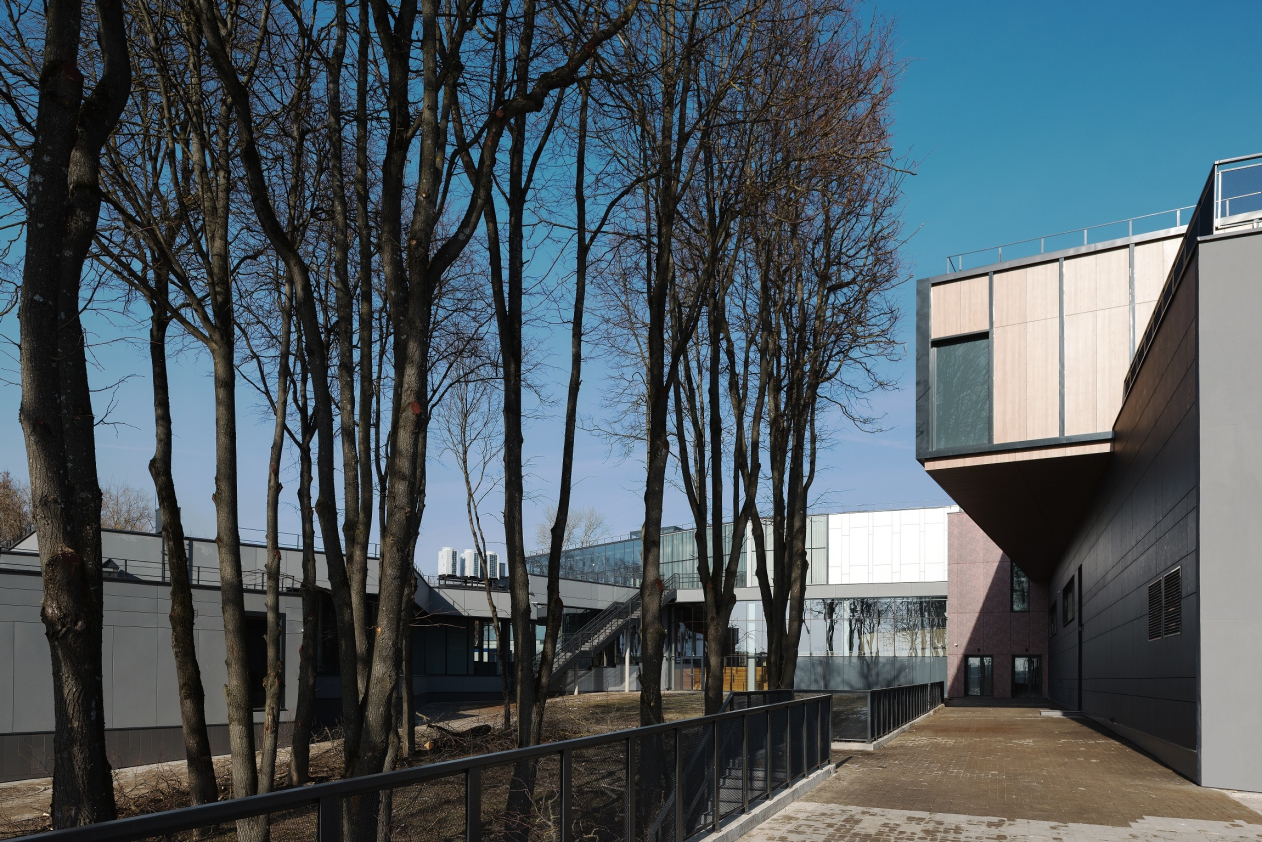
Dmitry Likin Oleg Shapiro
Chief architect of the project: E. Rusenko
Leading architects: A. Rychkova, M. Kozlov
Architects: M. Panova, V. Kudryavtseva, Yu. Belov, V. Belyakov, T. Skibo
General plan section development: N. Smirnova
Chief Project Engineer: D. Belostotsky
2014 — 2015 / 2015 — 2016
Metamorphoses occurred when Wowhaus had already started designing. However, the architects managed to build a functionally rich and easily transformable building. At one end it begins with a modern dance hall, followed by a foyer, lecture hall, conference rooms and laboratory rooms, and at the other ends with a muffle furnace. In other words, the very structure of the center involuntarily repeats the trajectory of the development of the idea of Innovative Cultural Centers (ICCs) over the past few years. Nevertheless, the original meaning has been preserved in general terms: the city received a high-quality public space, which it really needed.
space neighborhood
The site of the ICC comes close to the Tsiolkovsky park – the territory of the Museum of the History of Cosmonautics. Its building is one of the iconic works of the 1960s, built in 1961–1967 by architect Boris Barkhin; in 1961, Yuri Gagarin solemnly laid a copper penny in the foundation. Several rockets are also installed here, one of them is a copy of the Vostok-1 rocket, which burned down, but launched Gagarin's ship into space. To the north-west, on the edge of the slope, the second stage of the Museum of the History of Cosmonautics is currently being built (the authors of the concept of OJSC Voronezhproekt). The cultural center built by Wowhaus architects adjoins the southwestern border of the lawn square in front of the space museum.

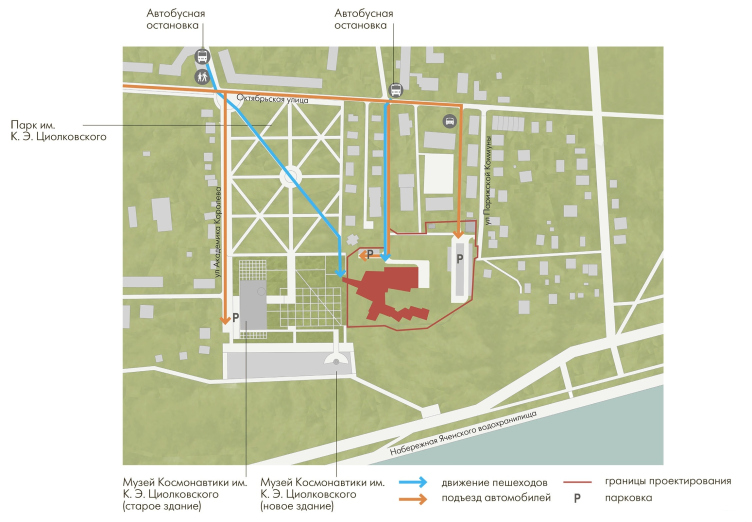
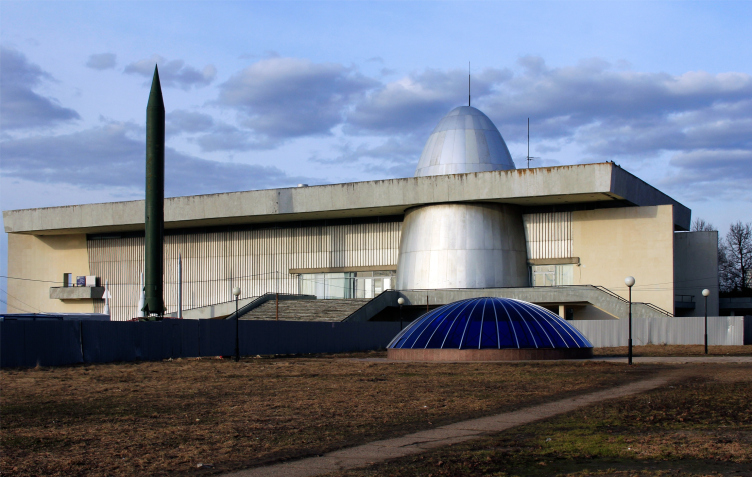
Museum of the History of Cosmonautics. Tsiolkovsky in Kaluga. Architects B.G. Barkhin, E.I. Kireev, N.G. Orlova, V.A. Strict, K.D. Fomin, 1960-1967. . Photo © Yu. Tarabarina, Archi.ru

The site of the cultural center was occupied by a secret military unit before the start of construction. In recent years, through the holes in the fence, one could see a tire shop, several destroyed buildings and an old linden alley along which soldiers once marched. Until recently, dilapidated barracks stood on the border with the territory of the museum. Then they were demolished, but they did not manage to build up the wasteland.And it is very good, because the place is a species, tall, with steep 40-meter slopes on the sides, and even adjacent to the museum with a park, that is, for a long time received the status of recreation-for the new cultural center it turned out to be suitable.
On the opposite side of the ICC, borders on the rows of massive mansions of wealthy townspeople who tightly occupied the slope in front of the Oka; Fortunately, the slope is quite steep, so luxurious, but not too stylish dwellings block not the entire panorama of the opposite shore.
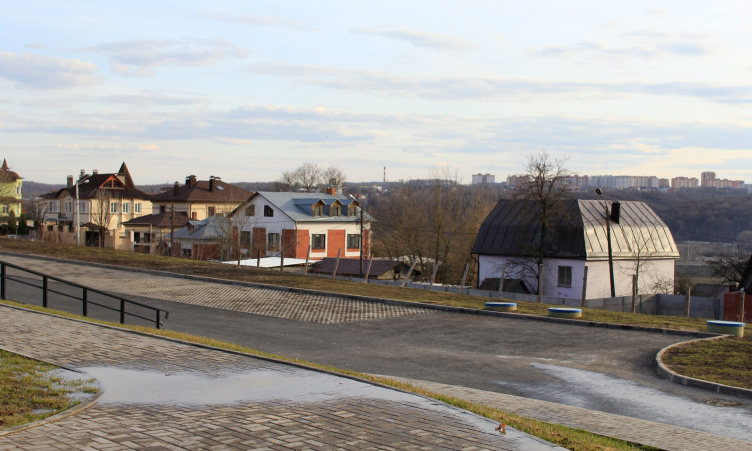
From the west, the descent overgrown with trees leads to the Yechensky reservoir, which is called the Kaluga Sea (its embankment this summer has become the subject of the All -Russian Consignment Competition of the Strelka Design Bureau). After all the work is completed to the embankment of the reservoir from the ICC, it will be possible to go down the stairs.
Spatial node
According to the initial program written in 2013, the Strelka Institute, the building area should have been about 10,000 m 2. Wowhaus conducted a landscape analysis, setting itself the task of preserving and increasing the species potential of the place, preserving the prevailing points and, in general, take into account the maximum parameters. In addition, as a result of political ups and downs, the functionality of the building was reduced; So from the planned areas there are less than a third – 3 600 m 2.
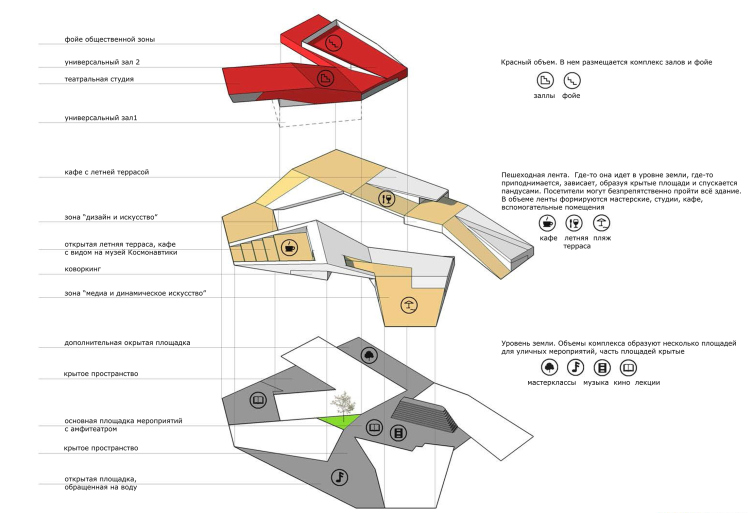
The western slope of the site, which descends to the reservoir, turned out to be landscaped. They did not strengthen it, but got out of the situation, redistributing the load: closer to the slope along the relief, one -story volumes of the educational part of the building descend. The eventfully saturated parts of the building-a multifunctional hall, rehearsal halls and an exhibition hall-were designed in the southeastern part of the territory facing the city. Between the light northwestern and large southeastern “wing” there was a preserved linden alley-it turned out to be a green courtyard, opened towards the Oka.
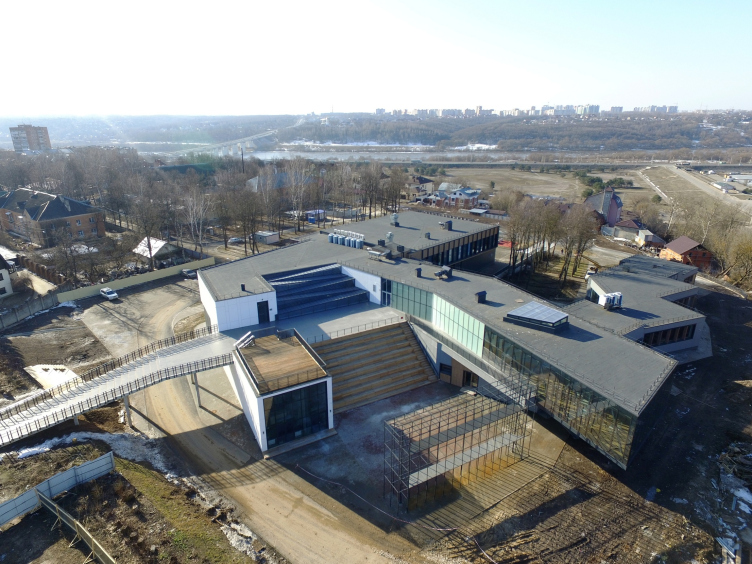
“The architectural idea of the building was to create a knot of two interwoven spatial“ tapes ”. In one, educational functions are concentrated, in the other – public. Between the ribbons, street spaces are built -in – a courtyard with an amphitheater and a inside green court, ”says Anastasia Rychkova.
It is impossible to say what the plan of the building is similar to: it seems to be an apotheosis of a free layout, subordinated simultaneously to the classical principle of modernism from the inside, and another principle of “growing” of architecture from context. The volumes and planes are constantly rotated at small corners, as if they are striving to sit down on the relief, each in its place. The building reacts to all external and internal plots so sensitively that it seems as if it consists of interwoven among themselves – not so much “tapes” as different options for public space and creative activities. Facades, space, plastic, materials are only the components of the canvas of these mise -en -scenes.You even want to understand it as a performance building, a mime, frozen, but ready to come to life at any moment, to involve the audience in its “performances”. That, one must think, was required from an innovative cultural center. So we have before us not only a spatial-plastic knot of two tapes, but also an event-related knot of scenarios for staying outside and inside.

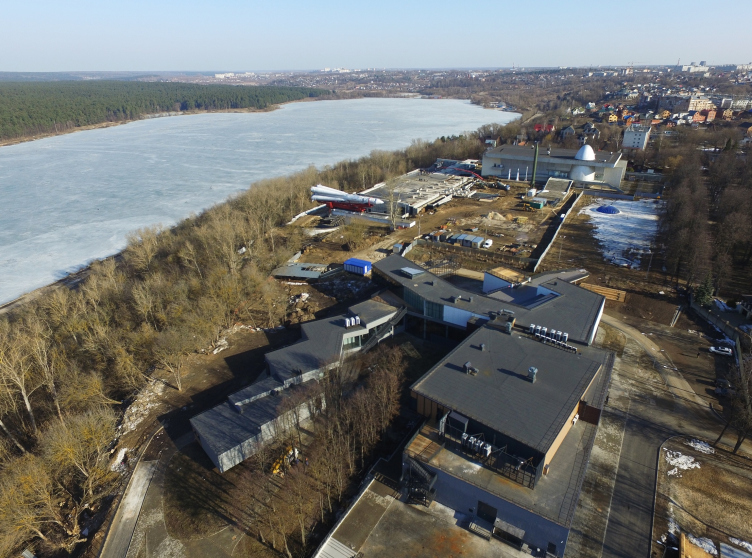
Outside
Approach and detour scenarios are no less important, since the ICC is located in a picturesque place, but on the outskirts. Two paths are planned leading to the building from public transport stops on Oktyabrskaya Street. From one of them you need to move diagonally through Tsiolkovsky Park. The park is connected to the building by a ramp-ladder, turning into a light concrete bridge – passing through it, we get to the level of the second floor of the complex. On the right is an observation deck, from where a “postcard” view of the Museum of Cosmonautics opens. (This viewpoint was not provided for in the project, the complex was closed by an alley of poplars, as backstage, and visual contact between the Museum of Cosmonautics and the ICC building should not have happened, the architects specify). Further into the courtyard, a large wooden amphitheater descends, vividly reminiscent of the one that Wowhaus built in the courtyard of the Strelka Institute in 2010.
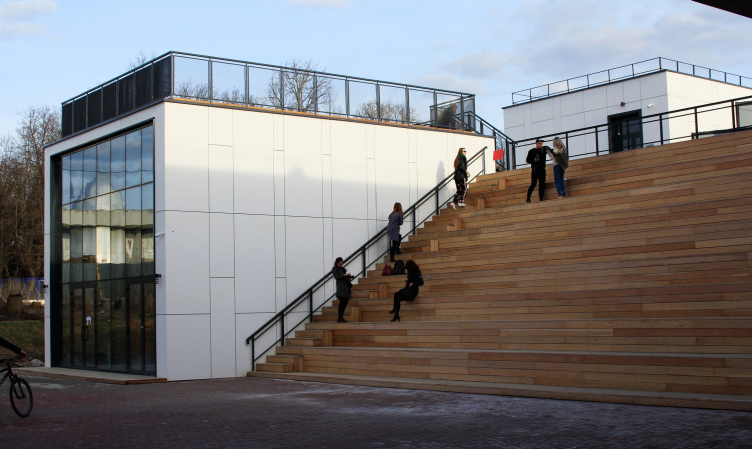
View from the courtyard to the amphitheater and observation platform on the roof. Innovative cultural center in Kaluga. Photo © Yulia Tarabarina, Archi.ru
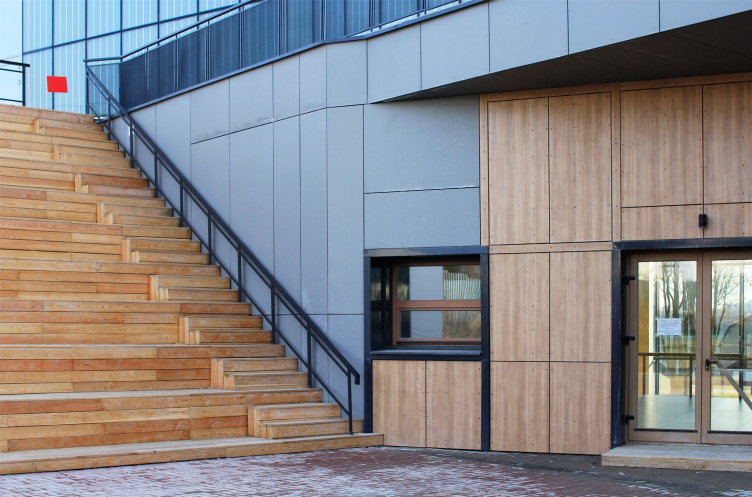
Fragment of the main courtyard. Innovative cultural center in Kaluga. Photo © Yulia Tarabarina, Archi.ru
Ahead is the entrance to the second tier of the ICC foyer and the cafe. To the left is an exhibition hall, further behind it are ziggurat-like sloping steps of extended stained-glass windows illuminating the foyer – a kind of shed lanterns. Outside, they continue the steps of the amphitheater with a degree of conventionality.

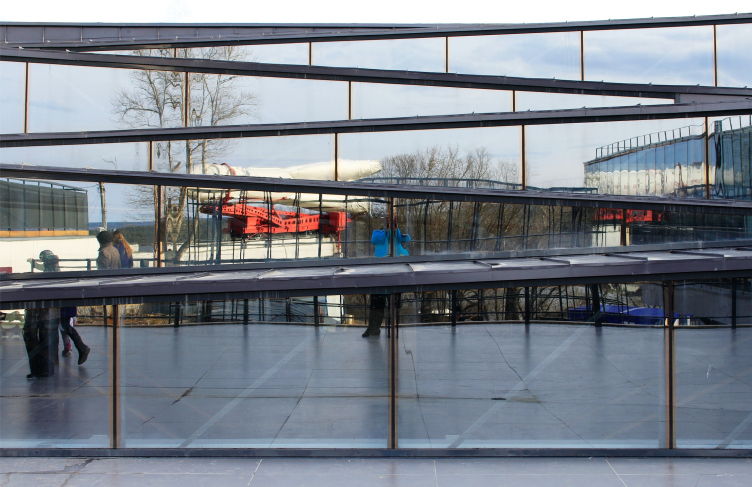
Shed lanterns above the amphitheater. Innovative cultural center in Kaluga. Photo © Yulia Tarabarina, Archi.ru
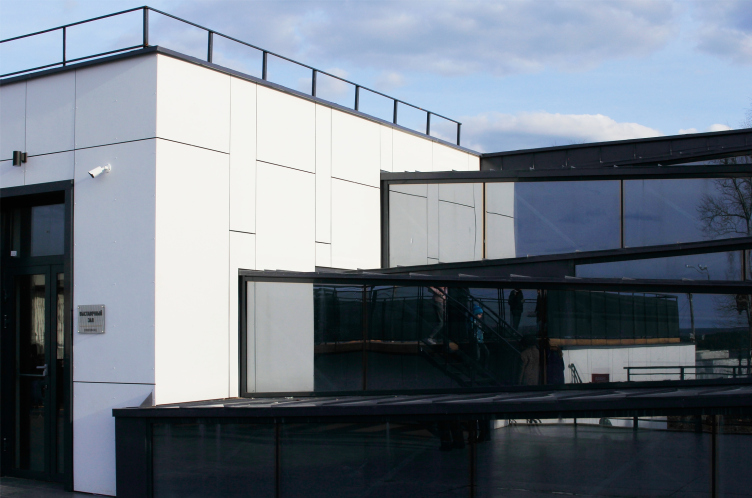
Showroom corner and shed lanterns. Innovative cultural center in Kaluga. Photo © Yulia Tarabarina, Archi.ru
If you go down the amphitheater and then turn around, it seems that, growing up, its steps at some point begin to “dance” and shine, rejoicing that they have approached the sky. If you look from the height of the quadrocopter, it is also obvious that the amphitheater and the “lanterns” are one plastic whole, as if a ribbed knife was smeared over the volume of the building, taking out a stepped descent to the slope in it.
The metal lattice structure of the skene in front of the amphitheater, which is the basis for a movie screen or scenery, is reflected in the glass console of the second floor, which extends deep to the north. The nose of the building practically floats above the ground, resting on a single V-shaped support. He looks towards the Yachensky reservoir, to the right is visible the Vostok-1 rocket. Part of the second floor is a spatial truss, due to which it was possible to achieve a significant overhang of the console. It will house a panoramic cafe.
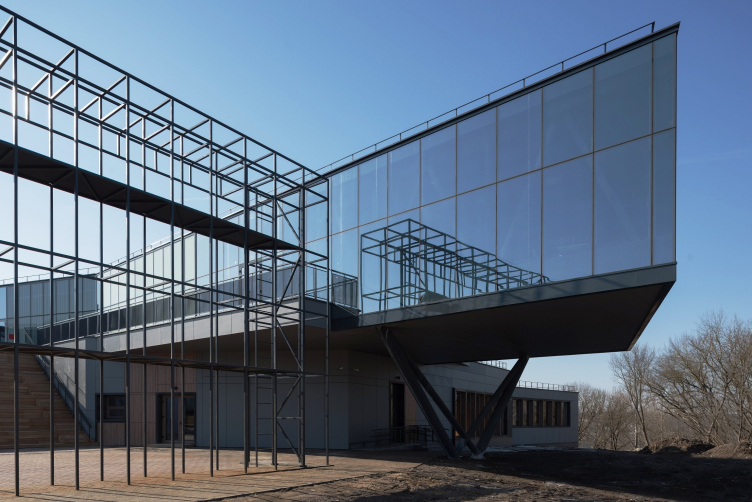
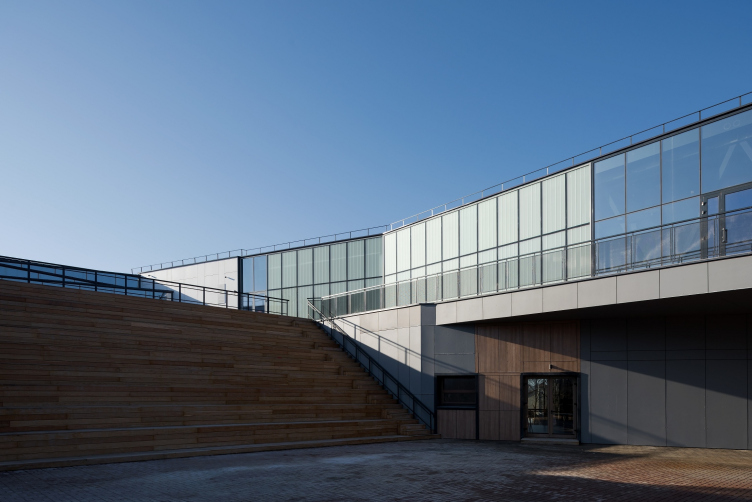
You even want to understand it as a performance building, a mime, frozen, but ready to come to life at any moment, to involve the audience in its “performances”. That, one must think, was required from an innovative cultural center. So we have before us not only a spatial-plastic knot of two tapes, but also an event-related knot of scenarios for staying outside and inside.
Outside
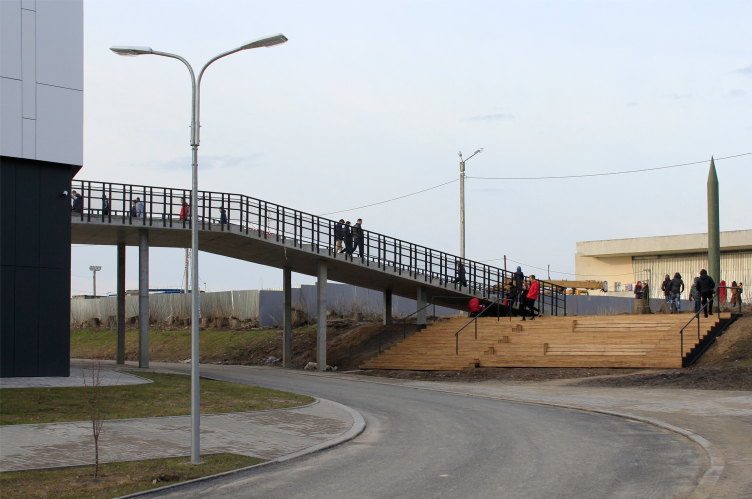
Approach and detour scenarios are no less important, since the ICC is located in a picturesque place, but on the outskirts. Two paths are planned leading to the building from public transport stops on Oktyabrskaya Street. From one of them you need to move diagonally through Tsiolkovsky Park. The park is connected to the building by a ramp-ladder, turning into a light concrete bridge – passing through it, we get to the level of the second floor of the complex. On the right is an observation deck, from where a “postcard” view of the Museum of Cosmonautics opens. (This viewpoint was not provided for in the project, the complex was closed by an alley of poplars, as backstage, and visual contact between the Museum of Cosmonautics and the ICC building should not have happened, the architects specify). Further into the courtyard, a large wooden amphitheater descends, vividly reminiscent of the one that Wowhaus built in the courtyard of the Strelka Institute in 2010.
View from the courtyard to the amphitheater and observation platform on the roof. Innovative cultural center in Kaluga. Photo © Yulia Tarabarina, Archi.ru
Fragment of the main courtyard. Innovative cultural center in Kaluga. Photo © Yulia Tarabarina, Archi.ru

Ahead is the entrance to the second tier of the ICC foyer and the cafe. To the left is an exhibition hall, further behind it are ziggurat-like sloping steps of extended stained-glass windows illuminating the foyer – a kind of shed lanterns. Outside, they continue the steps of the amphitheater with a degree of conventionality.
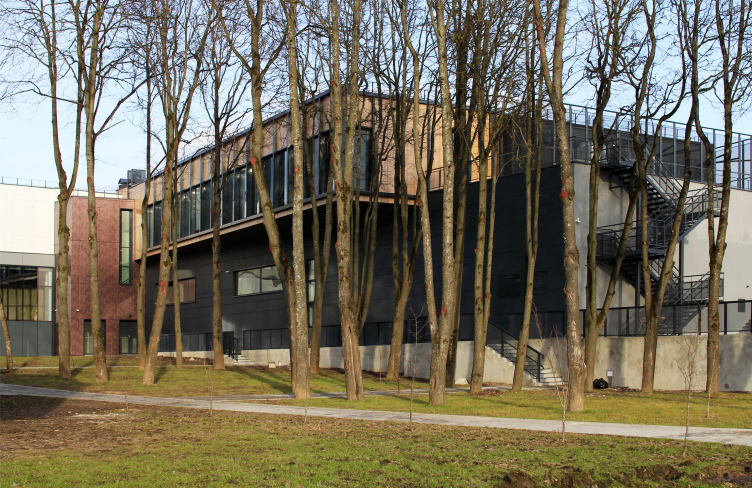
Shed lanterns above the amphitheater. Innovative cultural center in Kaluga. Photo © Yulia Tarabarina, Archi.ru
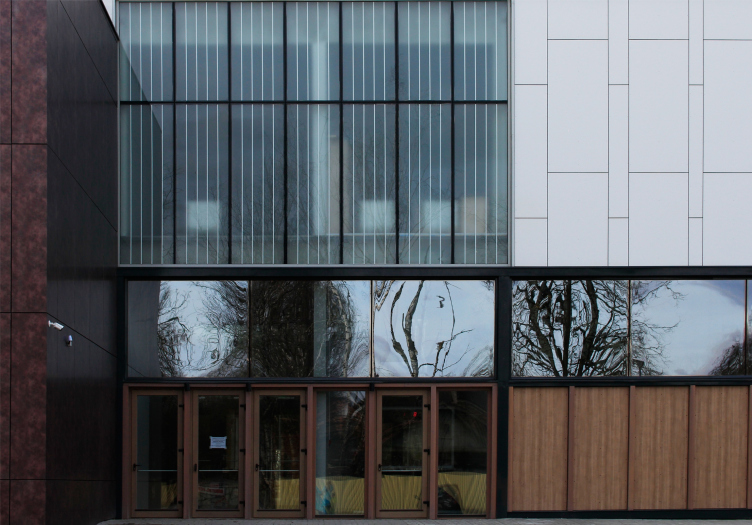
Showroom corner and shed lanterns. Innovative cultural center in Kaluga. Photo © Yulia Tarabarina, Archi.ru
If you go down the amphitheater and then turn around, it seems that, growing up, its steps at some point begin to “dance” and shine, rejoicing that they have approached the sky. If you look from the height of the quadrocopter, it is also obvious that the amphitheater and the “lanterns” are one plastic whole, as if a ribbed knife was smeared over the volume of the building, taking out a stepped descent to the slope in it.
The metal lattice structure of the skene in front of the amphitheater, which is the basis for a movie screen or scenery, is reflected in the glass console of the second floor, which extends deep to the north. The nose of the building practically floats above the ground, resting on a single V-shaped support. He looks towards the Yachensky reservoir, to the right is visible the Vostok-1 rocket. Part of the second floor is a spatial truss, due to which it was possible to achieve a significant overhang of the console. It will house a panoramic cafe.
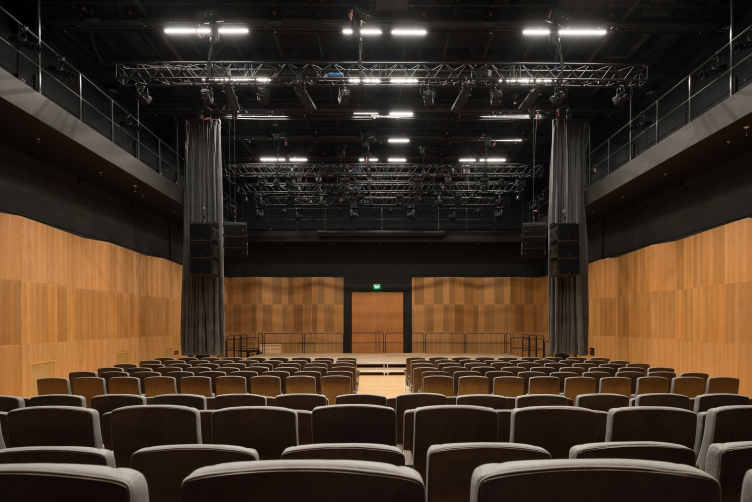
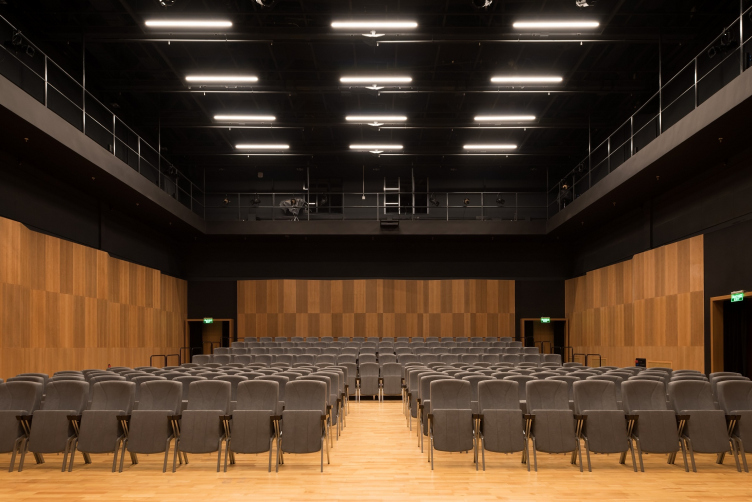

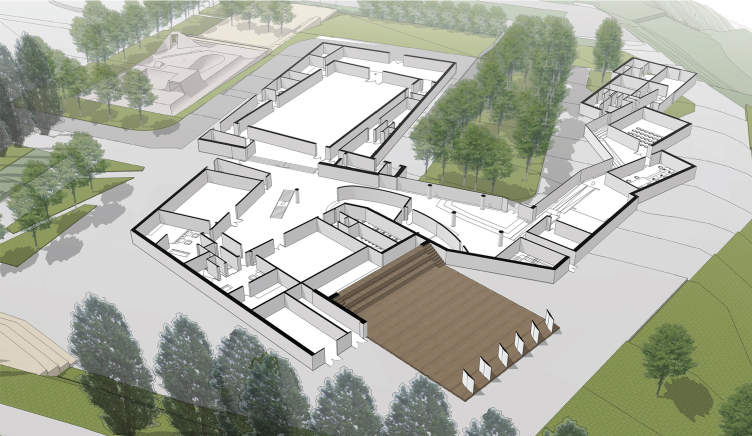
Thus, at the park entrance, a “party” part of the center: exhibition (vernissages), lectures, cafes, unfolds, so to speak, a cafe. The space is two -level, easily permeable – here you can walk everywhere, even a metal balcony is arranged along the console. It is already clear that the townspeople live vividly mastered the scenarios.

The large amphitheater, however, is not the only one here: on the left of the pedestrian bridge on the slope there is another group of wooden steps connecting the level of the park with the level of the complex – the architects of Wowhaus do not change themselves.
On the opposite, south-west side, below the open-air slope is a 200-meter platform for Parikur-the only equipped platform of this kind in Russia. Architects invited to the Bureau of Kaluga Partmakers, asked what elements they needed: some of the elements were made concrete and the other – portable, in those places where networks pass underground. To the southeast, behind a wooden wall-another site, a skate park was planned here, but it was already transformed into a playground; And with her, another amphitheater.
The second entrance from the city is along the lane, which was allocated by the city administration for the entrance to the new complex. Architects plan to turn it into a full-fledged passage, a new city axis focused on the entrance to the ICC. And if the northeastern park entrance is rather informal, then on this side the building “disciplines itself” and begins to look almost like a theater: a thin wooden pylonad appears on the facade that hides the main stage box. Strict square in front of the entrance also serves as a fire farm.
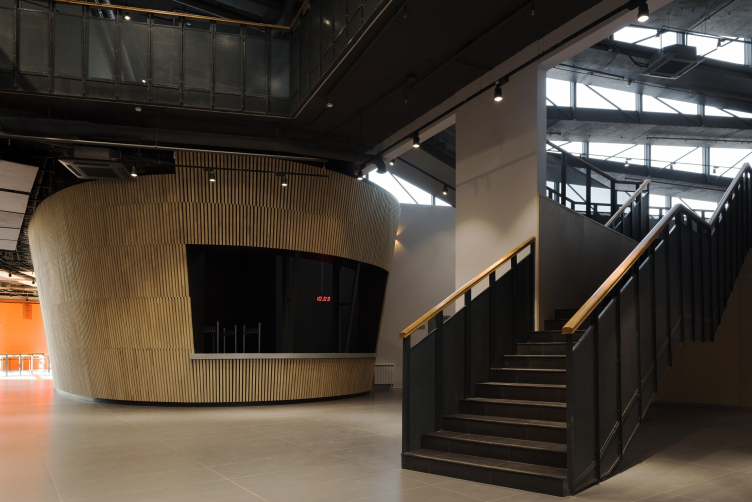
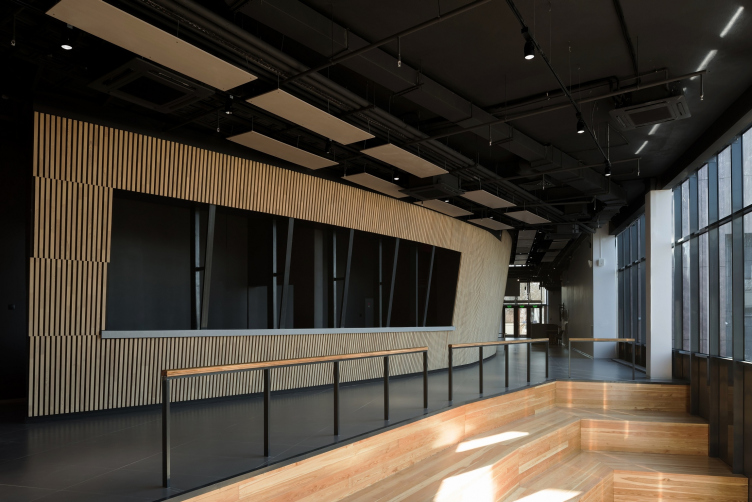
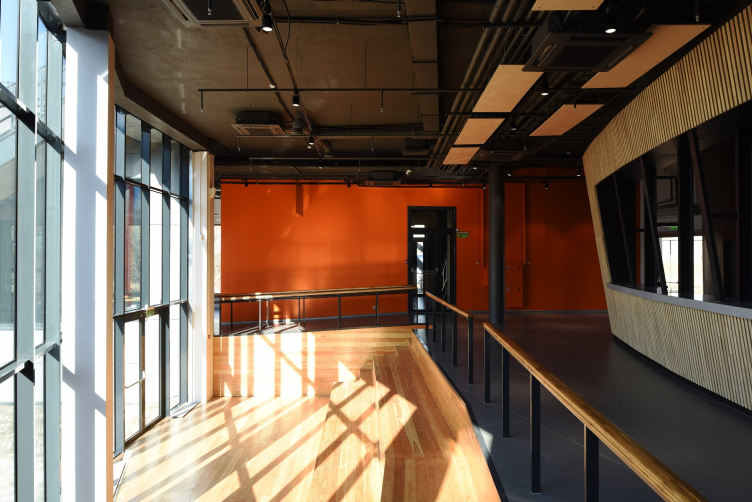
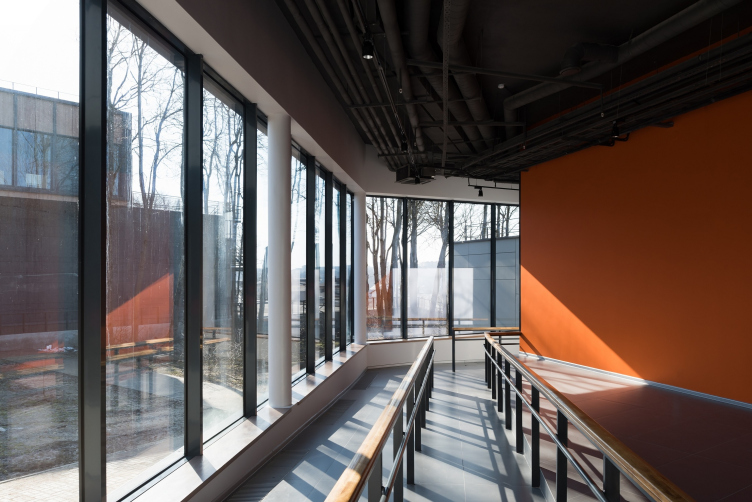
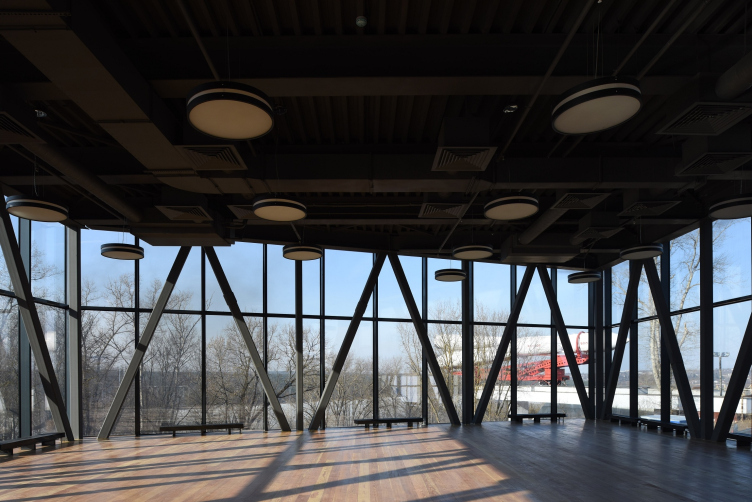
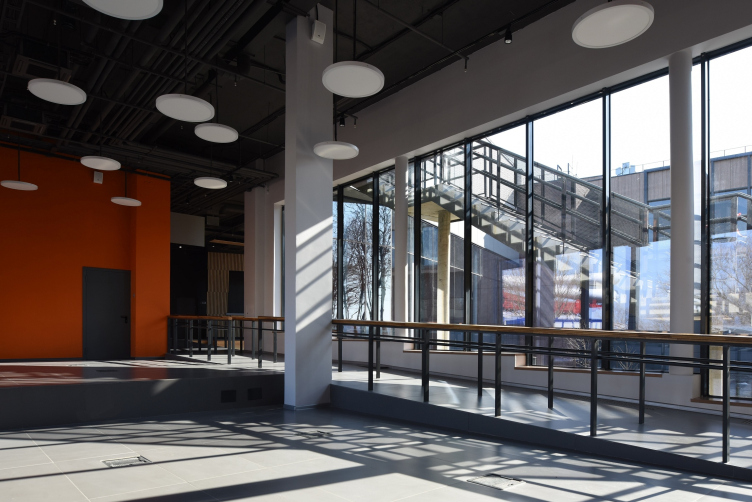
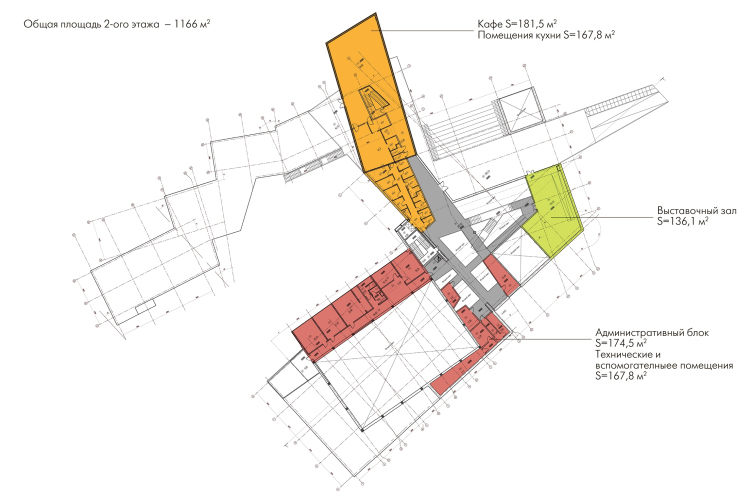
Another facade – the principle of multi -phase, as we recall, is fully implemented here – becomes a courtyard facing the Oka; The preserved alley makes its composition a little diagonal, but still the space retains similarity with the manor: a number of trees, the layout of the rest.However, the abundance of black metal stairs returns today; And this, too, is the favorite technique of Wowhaus: architects plans to surround the court of the Moscow Electric Theater Stanislavsky with similar structures.
The courtyard with the alley facing the oka. On the left of the building of training workshops, in the center of the foyer. Innovative cultural center in Kaluga. Photo © Julia Tarabarina, Arch.ru
The courtyard with the alley facing the oka. Behind the trees, the northwest wall of the main hall is visible. Innovative cultural center in Kaluga. Photo © Julia Tarabarina, Arch.ru
The main entrance; Fragment of the wall: restraint and variety of textures. Innovative cultural center in Kaluga. Photo © Julia Tarabarina, Arch.ru
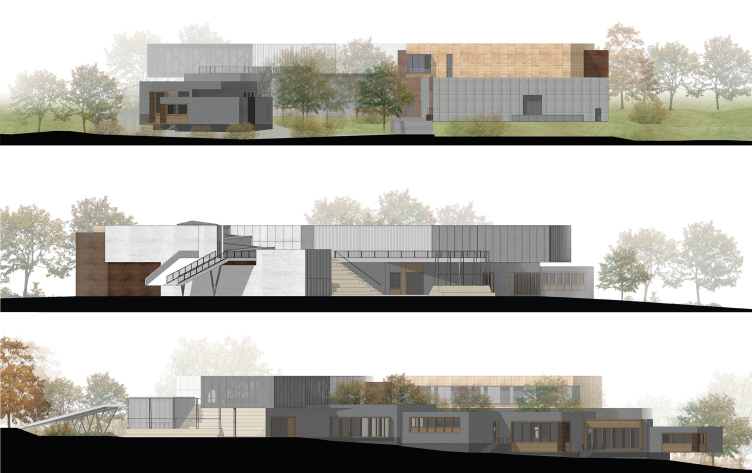
Inside
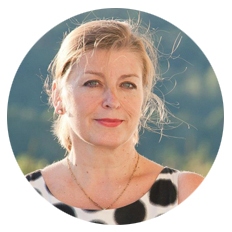
In a parallelepiped with a “drawn” portico, a theater is really located. More precisely, the universal theater hall is a modern stage space transformed like the Stanislavsky electricheatter; Here, just like there, you can change the position of the stage and zireta places, or you can use the entire hall as a stage space, leaving the audience a balcony. Decorations and light can be suspended in any part of the technical ceiling. In order to comply with high -altitude restrictions to make the hall quite high, for it from the very beginning, the part of which was located below others was chosen. Therefore, before the entrance to the hall you need to go down (and not rise, as is usually) by several steps down; An elevator is provided for low -mobility spectators. (I must say that the entire space of the center is a barrier. Everywhere where it was possible, the stairs were replaced by ramps. By the way, there is a ramp-member of a very nearby: in the Museum of the Tsiolkovsky Borkhin between the upper and lower levels).
The second after the universal hall (or the first, how to look) a spectacular space inside is a foyer. It is deliberately difficult, not only because it was here that the “knot” of spatial and functional “ribbons” is inevitably tied here, but also because the architects sought to make it non-sting, adapted for various additional functions, so as not to resemble the pompous and lamenting theatrical foyers.The space is two -way, a significant part of it is occupied by a system of stairs and hinged crossings of the second tier. The spans and platforms of the stairs are under the illuminating steps of the roller lamps – the very ones that visually continue the steps of the main amphitheater.
The effect is akin to loft – an artistically rethought industrial building, mainly due to ferrous metal and diagonal strings, supporting the inclined planes of the rushes, zigzag drawing the light wall. According to architects, the design of the light lamp is as thin as possible: it was possible to achieve a thickness of 30 cm (theoretically, the thickness of the ceilings should be half a meter).
The staircase not only organizes the space, allowing to move, for example, from rehearsal dance halls at the first level up to the cafe and exhibitions. The planes supporting the staircase divide the foyer space into a public part and more chamber, where parents will wait for dance class students. The planes are already used as an exhibition space.
